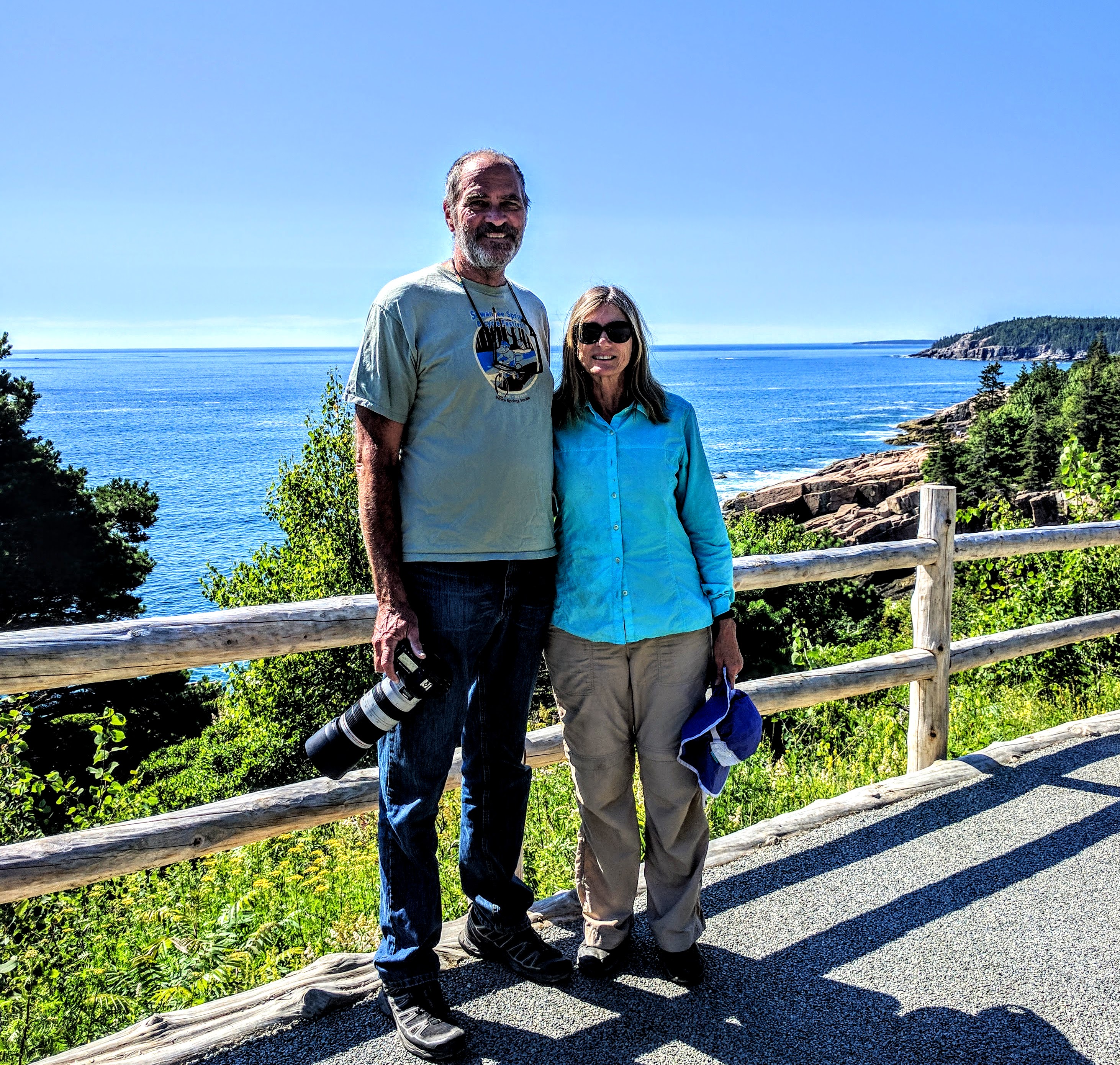Planning is history. And the plan wasn't reality.
The general idea was to wend our way North with kayaks and mountain bikes and camping gear to Zitka Island in the St. Lawrence Seaway,
where we would visit our friends Greg and Sarah. From there we will cruise through Quebec along the Seaway and then down through New
Brunswick to Prince Edward Island. We will explore PEI, and then continue on to Newfoundland. After a while exploring that island, we
will head Southwest to Nova Scotia and a bit more exploring before taking a ferry to Portland Maine (or maybe drive and check out the Bay of Fundy).
From there we will roam across New Hampshire to Vermont, visiting friends there who might be in town. Then we will likely meet up with Josh and
Jeanette in New York, before making the trek back home.
The reality turned out to be different. Because of unprecedented Spring rains, the Great Lakes and so the St. Lawrence Seaway were two feet
higher than normal. Since Zitka island is only two feet higher than the normal water level, the house was uninhabitible, and Greg and Sarah left.
So Zitka fell off the plan. Also, since our delayed start date meant July 4 was coming up fast, we wanted to be away from fireworks and find a camping
spot, so we cut across NY for Vermont, and spent a weekend with a friend in the NorthEast Kingdom. From there we took back roads to Maine before entering
Canada headed to Prince Edward Island. We spent too few days there before continuing to Cape Breton and then Newfoundland, Nova Scotia, and New Brunswick.
Our return trip included the coast of Maine before a night in New Hampshire, another one in Vermont, and then several days in New York where we caught up
with Sharon's son Josh and Jeanette. Then it was a two day bee line to North Carolina to finally catch up with Greg and Sarah, and then home.










